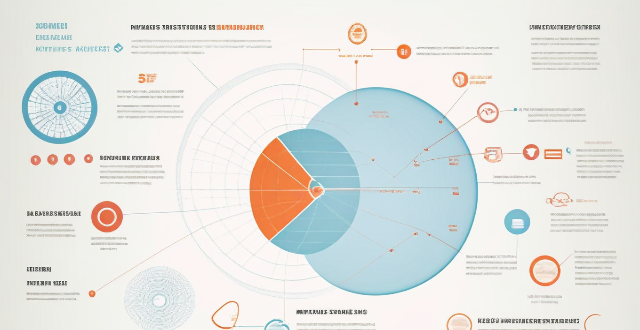Mind maps are a popular tool for brainstorming, planning, and organizing information. However, they have limitations and drawbacks such as oversimplification of complex information, limited depth, subjectivity and bias, difficulty in handling large amounts of data, reliance on visual memory, and technological limitations. It's essential to be aware of these drawbacks to use them effectively and choose the right tool for the job at hand.

Are There Any Drawbacks or Limitations to Using Mind Maps?
Mind maps are a popular tool for brainstorming, planning, and organizing information. However, like any tool, they have their limitations and drawbacks. Let's explore some of them:
Oversimplification of Complex Information
- Inability to Show Relationships: Mind maps are great for showing hierarchical relationships but may not effectively represent complex interrelationships between ideas.
- Too Much Simplification: Reducing complex concepts to simple branches can sometimes oversimplify the information. This might lead to an incomplete understanding of the subject matter.
Limited Depth
- Shallow Understanding: The visual nature of mind maps can encourage a shallow approach to understanding complex topics. It's easy to get caught up in the structure rather than diving deep into the content.
- Surface-Level Analysis: While they are useful for summarizing and reviewing information, mind maps may not be the best tool for in-depth analysis or critical thinking about a topic.
Subjectivity and Bias
- Personal Interpretation: The structure of a mind map is highly dependent on the creator's interpretation of the information. What one person considers a main idea, another might see as a subpoint.
- Lack of Standardization: Unlike outlines or other structures, there's no standard format for mind maps, which can make sharing and comparing them challenging.
Difficulty in Handling Large Amounts of Data
- Cluttered Visuals: When dealing with a vast amount of information, mind maps can become cluttered and difficult to read.
- Navigation Issues: Navigating through a large mind map can be cumbersome, especially if it's not well-organized.
Reliance on Visual Memory
- Not Everyone Is Visual: Mind maps rely heavily on visual memory, which might not suit everyone's learning style. Some people might prefer text-based methods.
- Difficulty in Reviewing: Without clear labels or text, it can be hard to review or remember the exact details of a mind map later on.
Technological Limitations
- Software Dependency: Digital mind mapping requires specific software, which might not be accessible to everyone or could have compatibility issues.
- Formatting Issues: Exporting mind maps to other document formats can sometimes result in loss of structure or design elements.
In conclusion, while mind maps are powerful tools for certain tasks, they come with their own set of challenges and limitations. It's essential to be aware of these drawbacks to use them effectively and choose the right tool for the job at hand.